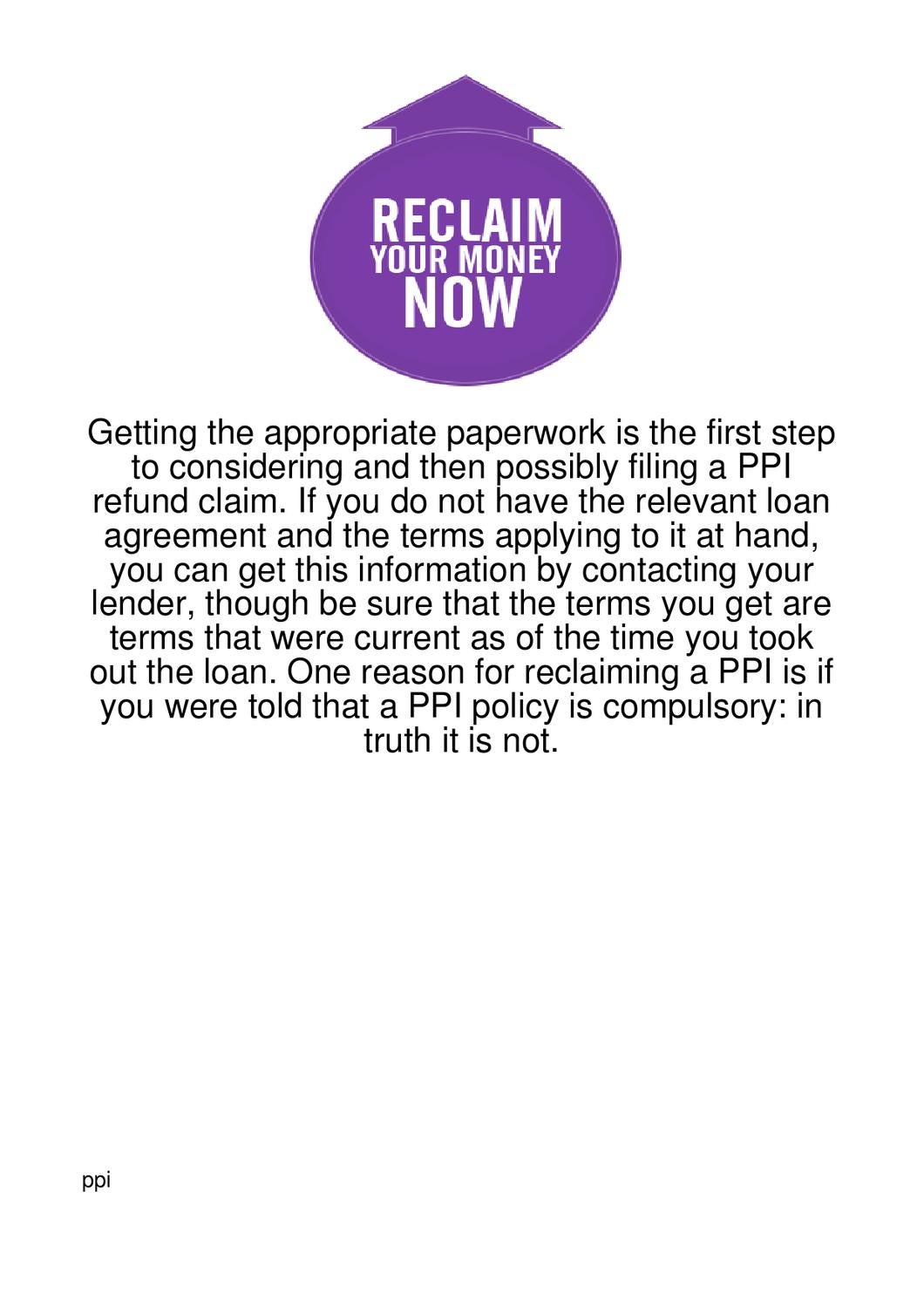Simplify Paperwork: Efficient Strategies for Completion

In today's digital age, where everything moves at lightning speed, the presence of paperwork, although reduced, still remains a significant hurdle. Whether for small businesses or large enterprises, dealing with documents efficiently can often be a daunting task. This post explores some of the most effective strategies for managing and completing paperwork with a minimum of fuss.
Understanding Your Paperwork

The first step in efficiently managing paperwork is to understand what you're dealing with. Not all documents are created equal, and different types require different handling:
- Business Contracts: These require precision, legal review, and often multiple signatures.
- Financial Documents: Accuracy is paramount here, as they deal with monetary transactions.
- Operational Documents: These include internal memos, instructions, and guidelines that need to be regularly updated.

Organizing Your Documents

Organization is key to efficient paperwork completion. Here are some steps to help you organize your documents:
- Categorize: Group documents by type, relevance, or deadline. This makes retrieval and management straightforward.
- Digital and Physical Storage: Use both digital tools for easy access and physical storage for documents that require a hard copy.
📂 Note: Ensure your digital storage is regularly backed up to avoid data loss.
Implementing Paperless Practices

Going paperless not only saves trees but also significantly reduces the clutter in your office. Here's how to transition to digital:
- Use Document Management Systems (DMS): Systems like Google Drive, Dropbox, or enterprise-level DMS can help with document organization and version control.
- Switch to e-signatures: Tools like DocuSign or Adobe Sign expedite the signature process, reducing delays.
- Automate Where Possible: From automated email reminders to document scanning software, automation can minimize manual tasks.

Streamlining Paperwork Process

Once your documents are organized, the next step is to streamline the process:
- Create Templates: Standardize formats for recurring documents to save time.
- Define Workflows: Use flowcharts or process mapping to visualize and optimize document flow in your office.
| Document Type | Workflow Steps |
|---|---|
| Expense Reports |
|
| Meeting Minutes |
|

Time Management Techniques for Paperwork

Time management is crucial when dealing with paperwork. Here are some techniques:
- Prioritize: Deal with the most urgent or consequential documents first.
- Set Time Blocks: Allocate specific periods for paperwork to avoid it overwhelming your schedule.
- Batching: Handle similar tasks together to improve efficiency, like signing all documents at once.

Leveraging Technology for Efficiency

Technology offers numerous tools to enhance document efficiency:
- Scanning and OCR: Use Optical Character Recognition to convert paper documents into searchable text.
- Cloud Computing: Access documents from anywhere, which is especially useful for remote work.
- AI and Machine Learning: Automate document categorization, extraction of key information, and even suggest actions based on document content.
Key Takeaways

The journey to efficient paperwork management begins with understanding your documents and implementing organization. Going paperless not only simplifies the process but also aligns with modern environmental concerns. Streamlining the process with templates, defined workflows, and embracing technology can lead to substantial gains in productivity and time management. Remember, the goal isn't just to complete paperwork but to do so in a way that is sustainable, efficient, and easy to manage.
What are the benefits of going paperless?

+
Going paperless reduces office clutter, lowers expenses on paper and printing, speeds up document retrieval, enhances security through encryption, and supports environmental sustainability by reducing paper waste.
How can I ensure the security of digital documents?

+
Use secure cloud storage solutions with encryption, implement strong password policies, enable two-factor authentication, and regularly back up data to prevent loss or breaches.
What steps should I take to automate document workflows?

+
Start by defining your current workflows, then introduce tools that automate routine tasks. Use systems like Zapier or custom scripts to automate document routing, reminders, and approvals.



